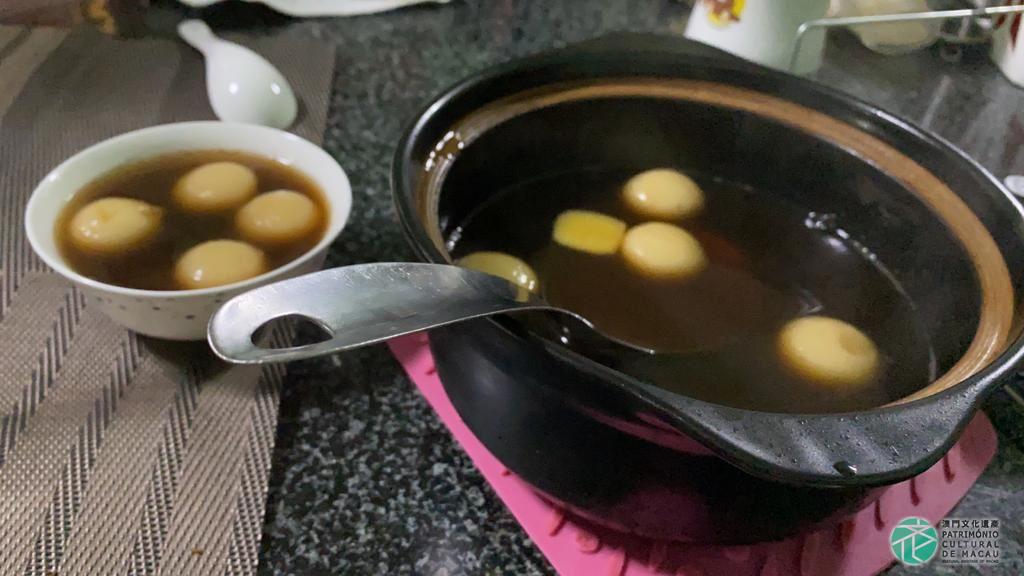Introduction:
The winter solstice is the first moment of the year defined in the context of the 24 solar terms (the 24 moments activities when the sun reaches the predefined positions) that are part of the traditional Chinese calendar. In the period of the pre-Qin dynasty, it was considered that the winter solstice marked the beginning of a year. In the Northern hemisphere, this is also the shortest day of the year. Traditionally, this occasion is celebrated in China, between the 21st and 23rd of December. In ancient agricultural societies, the day of the beginning of agricultural affairs was calculated according to the position of the Sun, considering that the winter solstice occurred when the Sun reached the celestial longitude of 270°. After the winter solstice, days become gradually longer, marking a new cycle. For many local residents, the winter solstice is also considered as an occasion when families get together for reunion dinners, like Chinese New Year, also paying respect to ancestors. The most popular delicacy consumed on this day is the Tangyuan, sweet glutinous rice balls, that symbolize unity and family intimacy.
Conservation Status:
The traditions of the Winter Solstice have been actively preserved by the local Chinese community of Macao for a long time. This day also corresponds to one of Macao’s public holidays. As time has passed, some of the rituals, such as ancestor worship, reunion dinners and tangyuan consumption have become more simplified. Nonetheless, the value of these traditions has been passed from generation to generation, to our days.
Heritage Value:
Being one of the oldest and most traditional celebrations of Macao, the winter solstice festivities represent the transmission and continuity of the traditional Chinese culture of Macao. The idea of family unity reflects some of the main virtues of family ethics that are much valued by the Chinese nation. At the same time, the practices and customs of these festivities also reveal important element for the study of the local folk culture.
